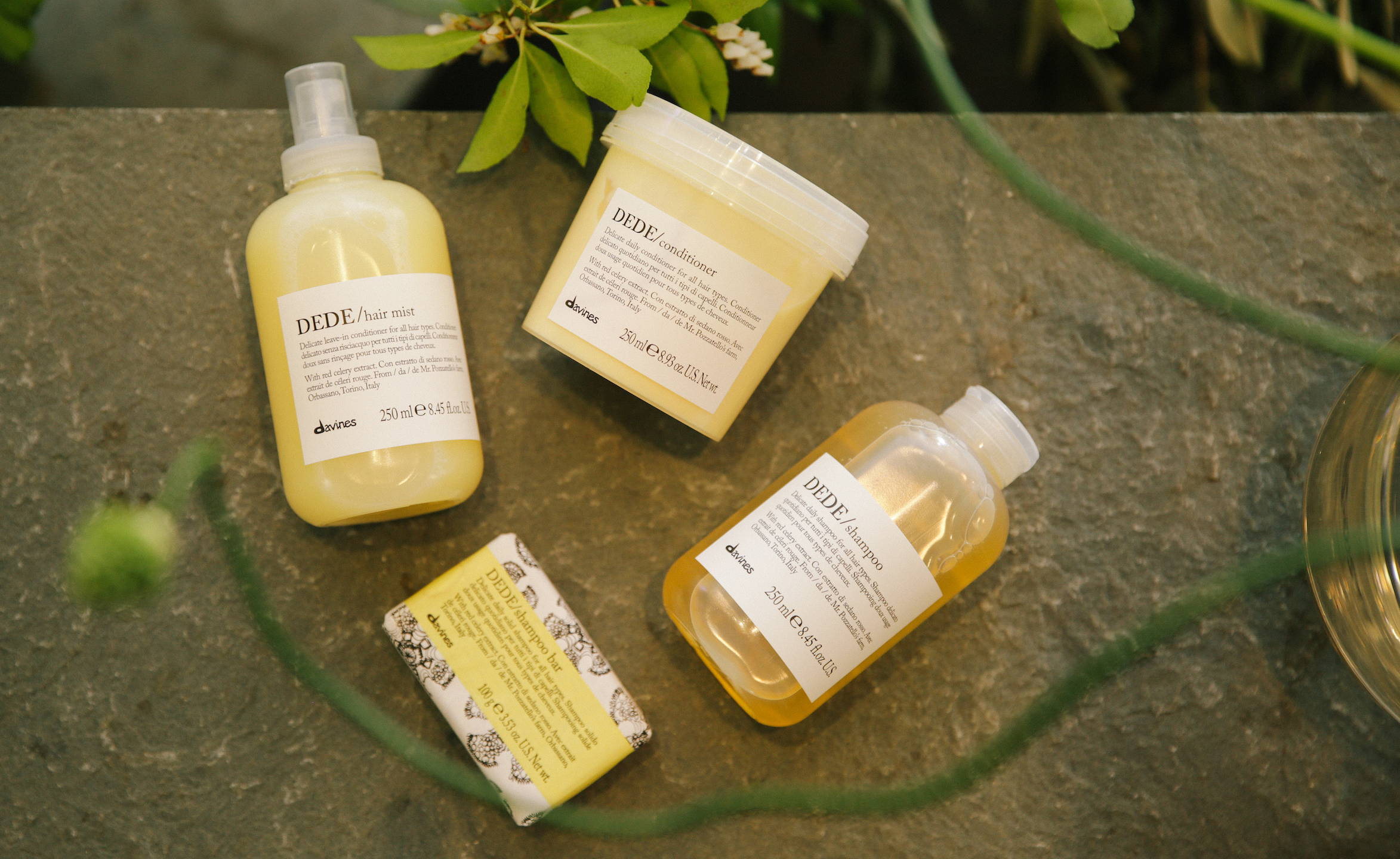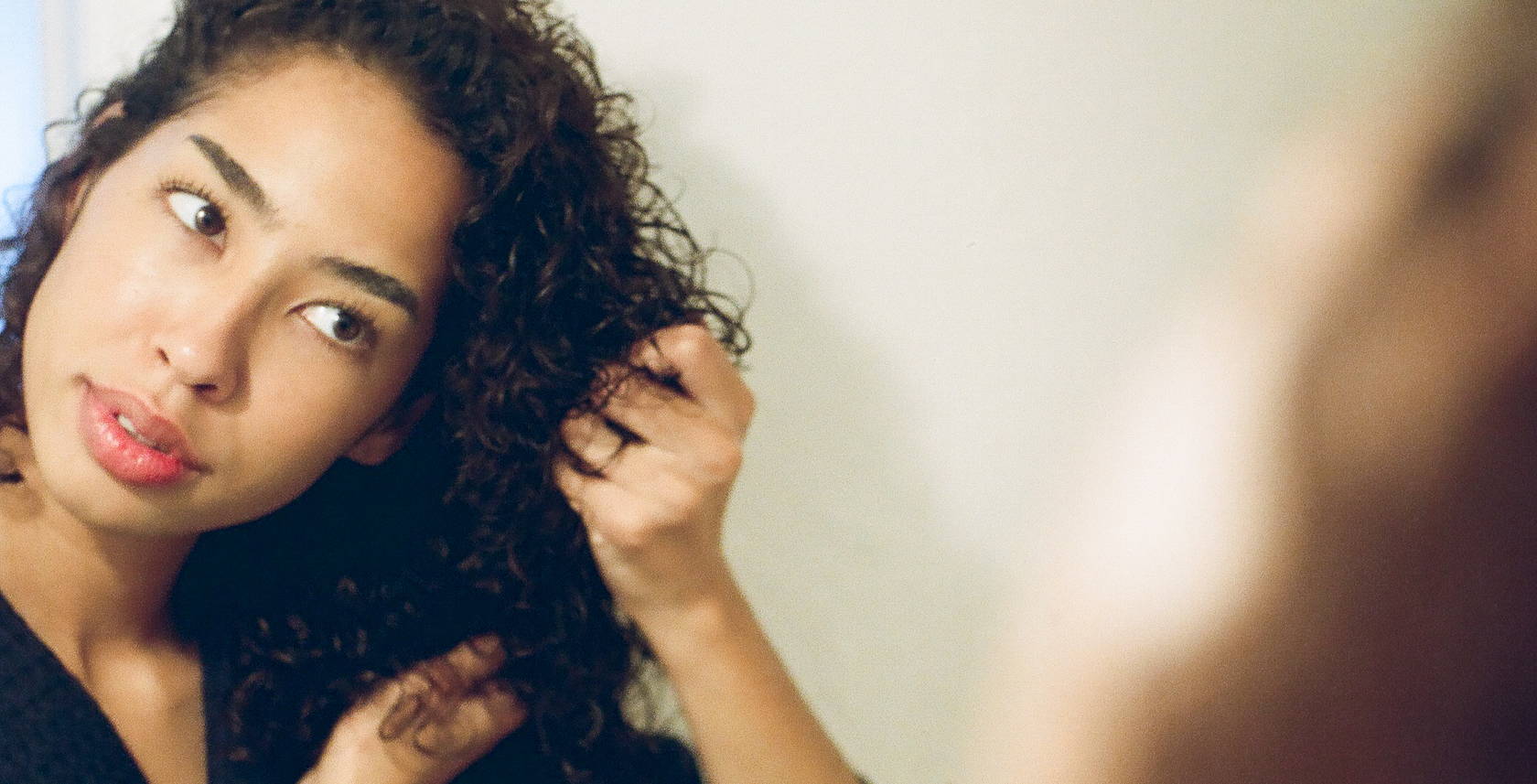You may be wondering how to fix protein overload in hair when protein is essential for maintaining strong, healthy hair. Let’s take a look at what causes protein overload in hair.
A protein overload is caused by using too many protein-based hair products or treatments. You’ll see protein listed in the ingredients as hydrolyzed collagen, wheat quinoa, soy protein, keratin, oat flour, and amino acids. Treat protein overload by soaking your hair in regular warm water. Afterwards, cleanse with a clarifying shampoo. The initial soak will eliminate excess oils and buildup, while the clarifying shampoo breaks down the proteins bonded to your hair. Incorporate moisture-rich products into your hair care routine and deep condition with a hair butter regularly. It’s also crucial to temporarily avoid products with high protein content and opt for gentler, sulfate-free shampoos and conditioners to prevent further protein buildup. You can also opt for co-washes rather than shampoo to keep your curls hydrated. Moisture will bring the shine and elasticity back to your hair making it look and feel healthy and strong again.












Leave a comment
Comments will be approved before showing up.